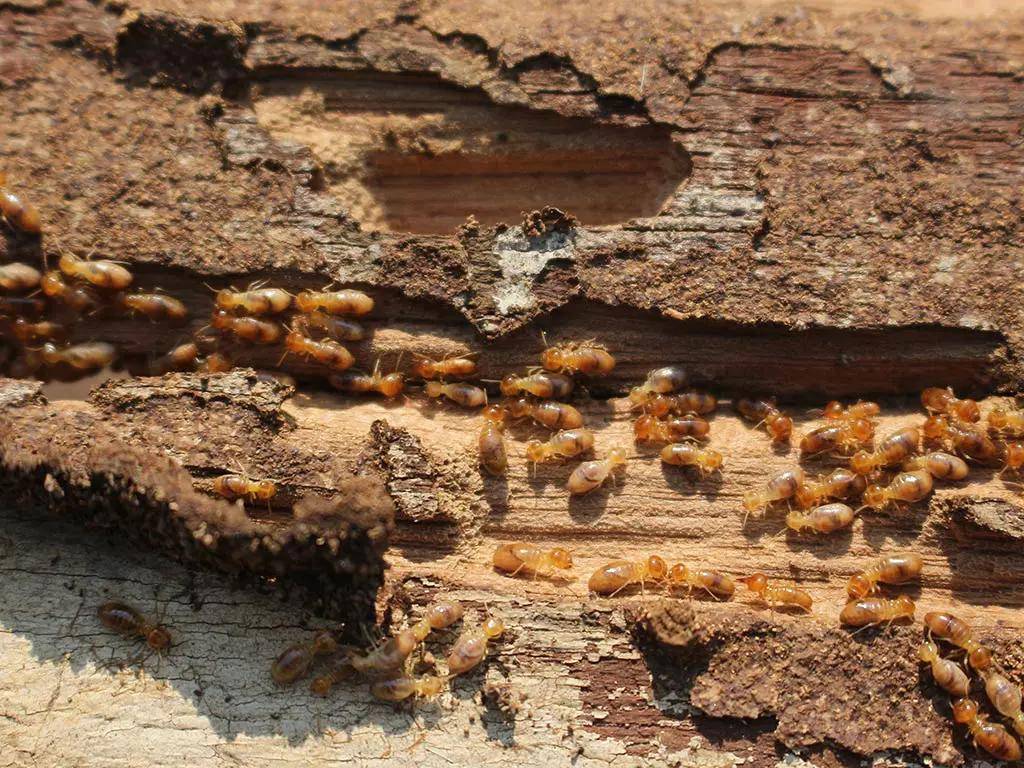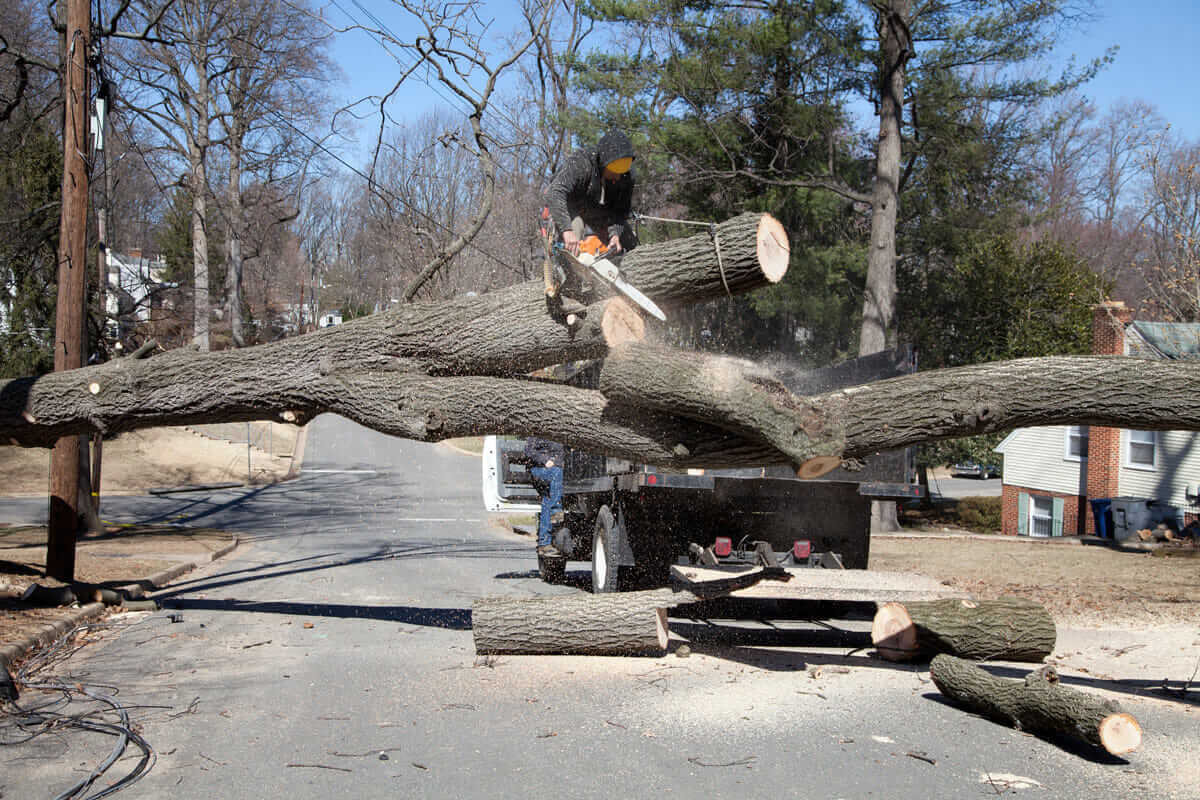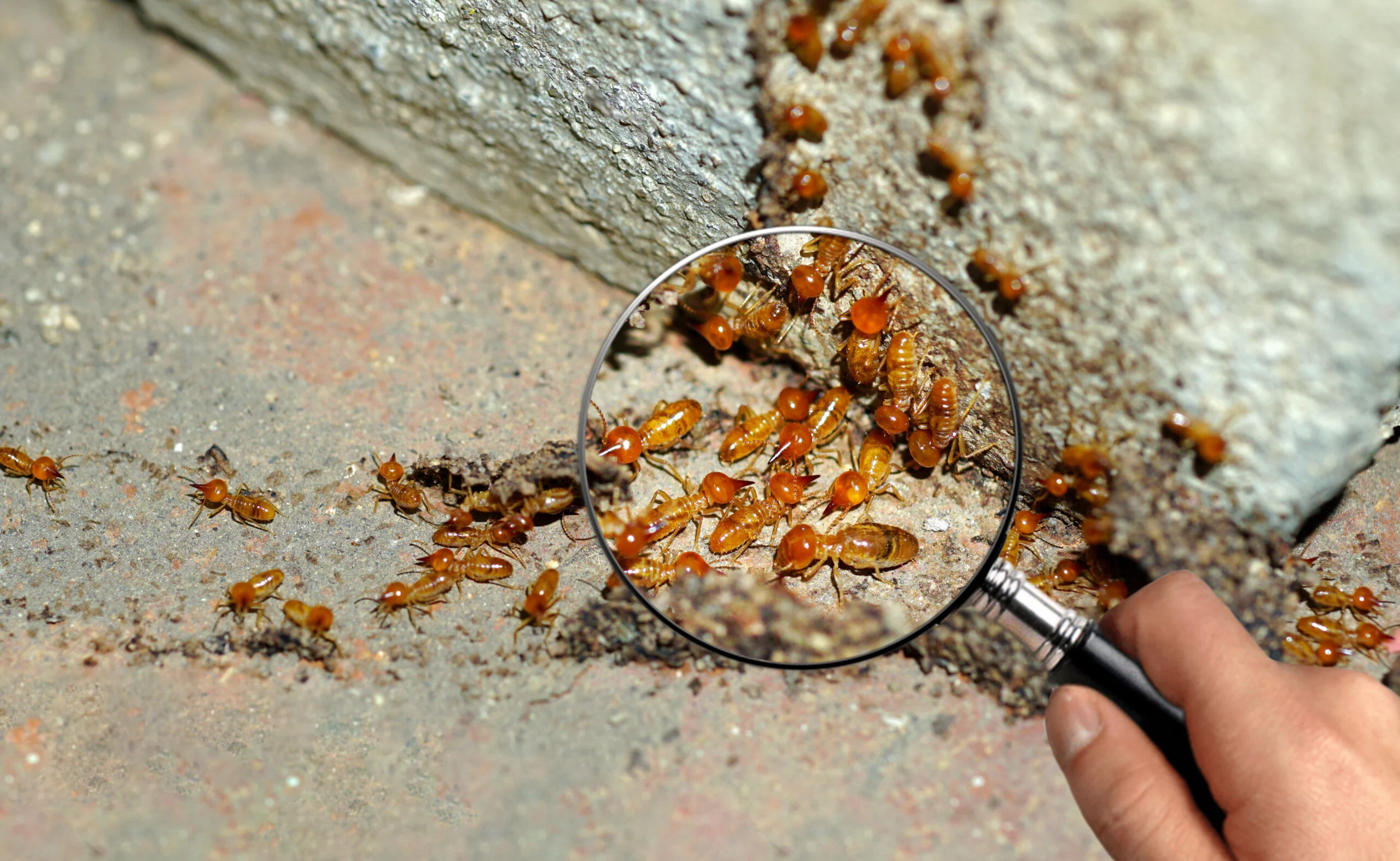If you’re a homeowner in Sydney, you’re probably aware of the looming threat of termites. These small pests can cause significant damage if left unchecked, often leading to hefty repair bills. In this guide, we’ll delve into the risks these pests pose, explore various protection methods, and help you choose the right service for your needs. Let’s get started!
Understanding the termite threat in Sydney
The biology and behaviour of termites
Termite protection sydney are social insects that live in colonies, usually under the ground or inside wood structures. They thrive on cellulose, a component found in wood, paper, and other plant materials. These pests work incessantly, chewing through wood to build their nests and feed their colonies. With a hierarchy that includes workers, soldiers, and reproductive individuals, they possess a complex social structure that aids their relentless quest for food.
This social structure also makes them particularly effective at inflicting damage. Workers are tasked with locating food and transporting it back to the colony. Meanwhile, soldiers protect the colony from threats, making them a formidable foe for any homeowner unfamiliar with their tactics. Interestingly, termites communicate through pheromones, which allows them to coordinate their activities and respond swiftly to changes in their environment. This sophisticated communication system enhances their efficiency and enables them to adapt to various challenges, such as food shortages or environmental changes, thereby ensuring the survival of the colony.
Why Sydney is a hotspot for termite activity
Sydney’s warm, humid climate creates an ideal environment for termite colonies to flourish. The abundance of wooden structures and greenery provides ample food sources, making homes in the area particularly vulnerable to infestations. Moreover, the widespread use of timber in construction creates perfect conditions for these pests to thrive.
Residents should be mindful that termite activity isn’t limited to rural areas — urban settings are equally susceptible. In fact, cities often have a higher concentration of timber houses, increasing the likelihood of infestations. Consequently, being proactive about termite protection is paramount for homeowners in Sydney. Regular inspections and preventative treatments can significantly reduce the risk of an infestation. Furthermore, understanding the signs of termite activity, such as mud tubes or hollow-sounding wood, can empower homeowners to act quickly before extensive damage occurs. With the right knowledge and preventive measures, it is possible to mitigate the termite threat and protect one’s property from these destructive pests.
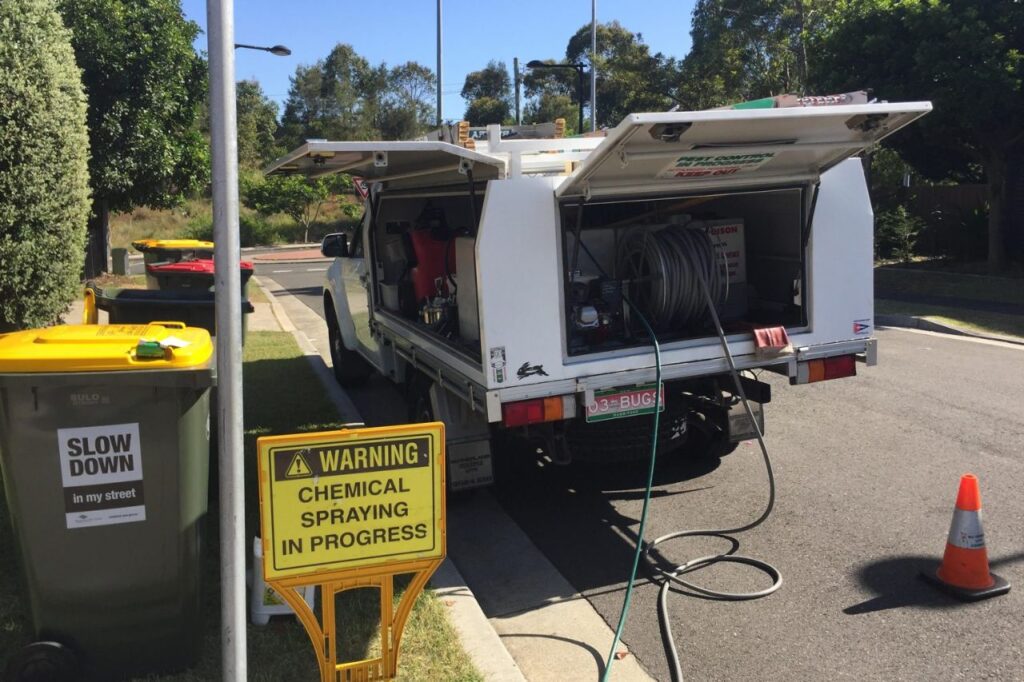
The importance of termite protection for your home
The potential damage termites can cause
Termite damage is often not visible until it’s too late, which is why many homeowners are caught off guard when faced with repair costs. These pests can weaken wooden structures, including beams, floors, and walls, causing severe structural issues.
In many cases, the damage caused by termites can escalate quickly, leading to expensive renovations. It’s not just the visible damage that poses a threat; the hidden destruction can compromise the safety and integrity of your home, leaving you vulnerable and facing unexpected expenses.
The financial implications of termite infestations
Beyond the structural damage, the financial fallout from a termite infestation can be significant. Repairing termite damage often involves not just replacing wood but also employing experts for extensive treatments. Depending on the severity of the infestation, costs can range from a few hundred to several thousand pounds.
Moreover, many insurance policies do not cover termite damage, placing a further financial burden on unsuspecting homeowners. Thus, investing in preventative measures can save you a fortune in the long run. Read more about the implications of termites at https://njaes.rutgers.edu/fs338/
Different methods of termite protection
Chemical termite barriers
Chemical barriers are a popular choice for protecting homes from termites. This method involves applying pesticides to the soil surrounding a property, creating a protective barrier that termites cannot cross. It’s an effective way to guard against new infestations and is often combined with regular inspections for maximum effectiveness.
While chemical treatments can be effective, they require reapplication over time and should be undertaken by professionals who know how to handle these potent substances safely.
Physical termite barriers
Physical barriers are another effective option for those looking to protect their homes. These barriers can include metal mesh and concrete slabs designed to prevent termites from entering structures. Unlike chemical treatments, physical barriers do not need to be reapplied and provide a long-lasting solution.
However, physical barriers must be correctly installed during the construction phase of a home and may not be an option for existing structures without significant renovations.
Termite baiting systems
Termite baiting systems are an innovative approach to termite control. These systems involve placing bait stations around the property, which attract termites to feed on a substance that contains a slow-acting insecticide. This method can be particularly effective in reducing the termite population at the source.
While baiting systems may take longer to show results compared to chemical barriers, they can ultimately lead to a significant reduction in termite activity and are environmentally friendly. Click here to learn more methods for termite control.
Choosing a termite protection service in Sydney
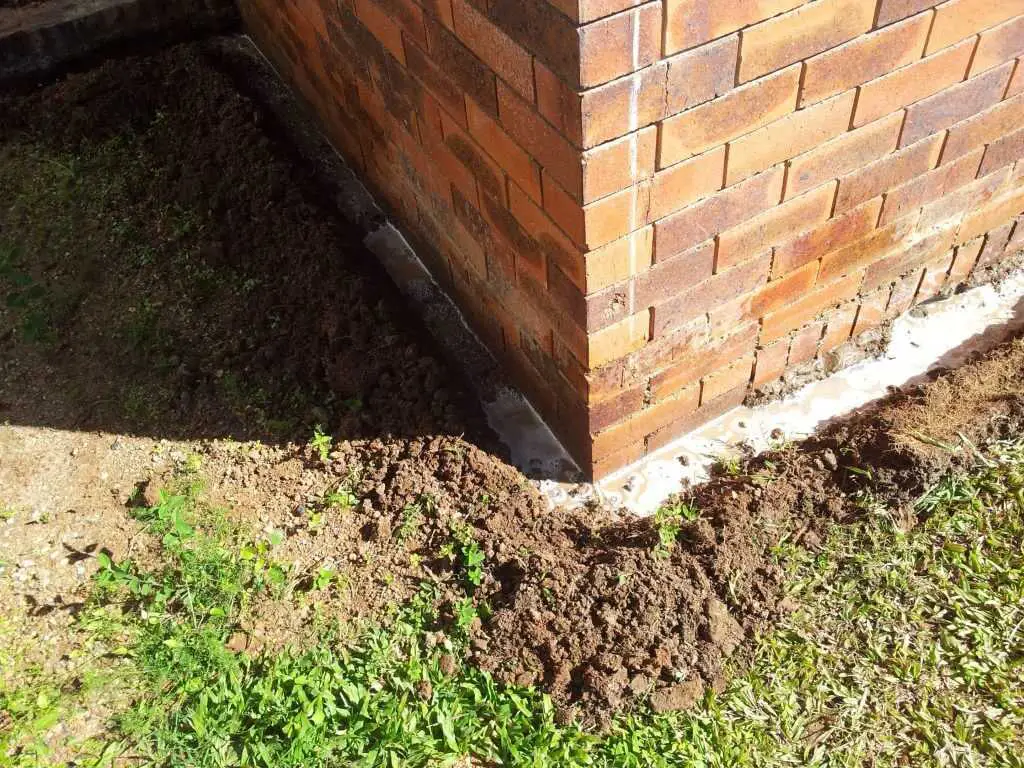
What to look for in a termite protection company
Selecting a reputable termite control service is crucial. Look for companies with experience, positive customer reviews, and certifications from pest control associations. An excellent company will also offer comprehensive inspections to identify vulnerabilities in your home.
Moreover, ensure they provide a range of solutions tailored to your specific needs. Not every home is the same, and a one-size-fits-all approach may not adequately protect your property.
The cost of termite protection services
Pricing for termite protection services can vary widely based on the size of your property, the extent of the infestation, and the methods employed. On average, homeowners can expect to pay between £200 and £1,500 for initial treatments and ongoing preventative measures.
While cost is an important factor, it should not be the only consideration. Choose a service that offers value through effective treatments and long-term protection instead of simply opting for the cheapest option available.
Maintaining your termite protection
Regular inspections and updates
Once you’ve invested in termite protection, maintaining that barrier is essential. Regular inspections should be a part of your home maintenance routine. Qualified professionals can detect early signs of termite activity and apply updates to your treatment plan as necessary.
Annual check-ups can help catch problems before they escalate, offering peace of mind that your home remains protected against unwanted guests.
Homeowner responsibilities for termite prevention
Finally, as a homeowner, you play a crucial role in termite prevention. Simple actions such as reducing moisture around your home, sealing any cracks, and maintaining a clear perimeter can greatly reduce the risk of infestation.
By remaining vigilant and proactive, you can help protect your home from the devastating effects of termites.
In conclusion, understanding the termite threat and implementing effective protection measures is essential for every homeowner in Sydney. By being informed and prepared, you can safeguard your investment against these destructive pests.

